Thomas Lin - The Prime Number Conspiracy: The Biggest Ideas in Math from Quanta
Here you can read online Thomas Lin - The Prime Number Conspiracy: The Biggest Ideas in Math from Quanta full text of the book (entire story) in english for free. Download pdf and epub, get meaning, cover and reviews about this ebook. year: 2018, publisher: MIT Press, genre: Children. Description of the work, (preface) as well as reviews are available. Best literature library LitArk.com created for fans of good reading and offers a wide selection of genres:
Romance novel
Science fiction
Adventure
Detective
Science
History
Home and family
Prose
Art
Politics
Computer
Non-fiction
Religion
Business
Children
Humor
Choose a favorite category and find really read worthwhile books. Enjoy immersion in the world of imagination, feel the emotions of the characters or learn something new for yourself, make an fascinating discovery.

- Book:The Prime Number Conspiracy: The Biggest Ideas in Math from Quanta
- Author:
- Publisher:MIT Press
- Genre:
- Year:2018
- Rating:4 / 5
- Favourites:Add to favourites
- Your mark:
The Prime Number Conspiracy: The Biggest Ideas in Math from Quanta: summary, description and annotation
We offer to read an annotation, description, summary or preface (depends on what the author of the book "The Prime Number Conspiracy: The Biggest Ideas in Math from Quanta" wrote himself). If you haven't found the necessary information about the book — write in the comments, we will try to find it.
These stories fromQuanta Magazinemap the routes of mathematical exploration, showing readers how cutting-edge research is done, while illuminating the productive tension between conjecture and proof, theory and intuition. The stories show that, as James Gleick puts it in the foreword, inspiration strikes willy-nilly. One researcher thinks of quantum chaotic systems at a bus stop; another suddenly realizes a path to proving a theorem of number theory while in a friends backyard; a statistician has a bathroom sink epiphany and discovers the key to solving the Gaussian correlation inequality. Readers ofThe Prime Number Conspiracy, saysQuantaeditor-in-chief Thomas Lin, are headed on breathtaking intellectual journeys to the bleeding edge of discovery strapped to the narrative rocket of humanitys never-ending pursuit of knowledge.
Quantais the only popular publication that offers in-depth coverage of the latest breakthroughs in understanding our mathematical universe. It communicates mathematics by taking it seriously, wrestling with difficult concepts and clearly explaining them in a way that speaks to our innate curiosity about our world and ourselves. Readers of this volume will learn that prime numbers have decided preferences about the final digits of the primes that immediately follow them (the conspiracy of the title); consider whether math is the universal language of nature (allowing for a unified theory of randomness); discover surprising solutions (including a pentagon tiling proof that solves a century-old math problem); ponder the limits of computation; measure infinity; and explore the eternal question Is mathematics good for you?
Contributors
Ariel Bleicher, Robbert Dijkgraaf, Kevin Hartnett, Erica Klarreich, Thomas Lin, John Pavlus, Siobhan Roberts, Natalie Wolchover
Copublished withQuanta Magazine
Thomas Lin: author's other books
Who wrote The Prime Number Conspiracy: The Biggest Ideas in Math from Quanta? Find out the surname, the name of the author of the book and a list of all author's works by series.

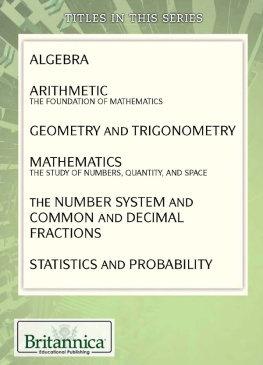
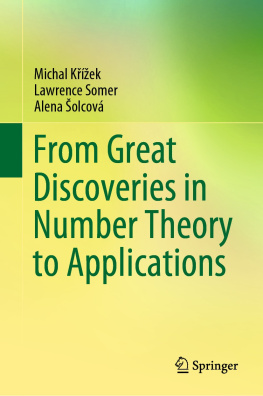
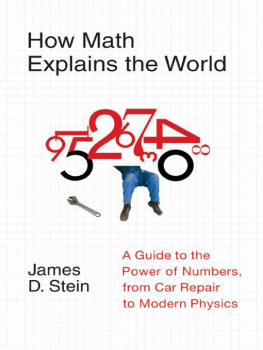
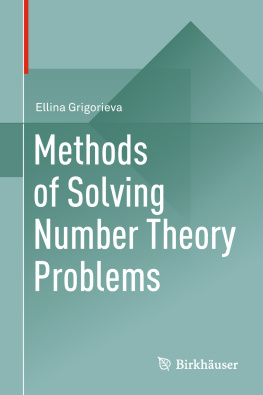
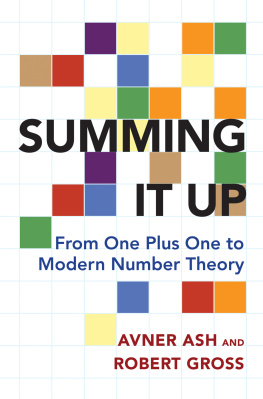
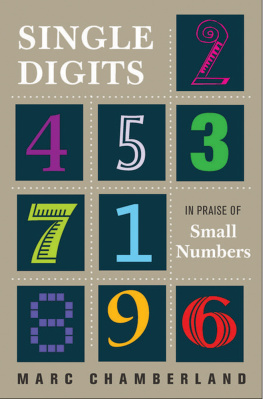
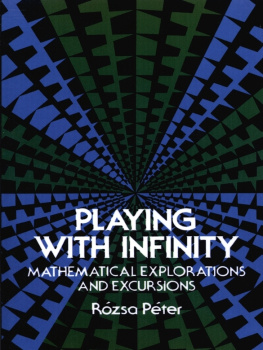
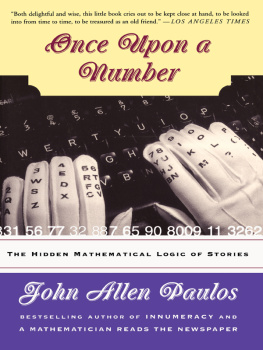

 The MIT Press
The MIT Press